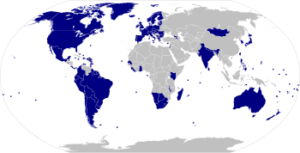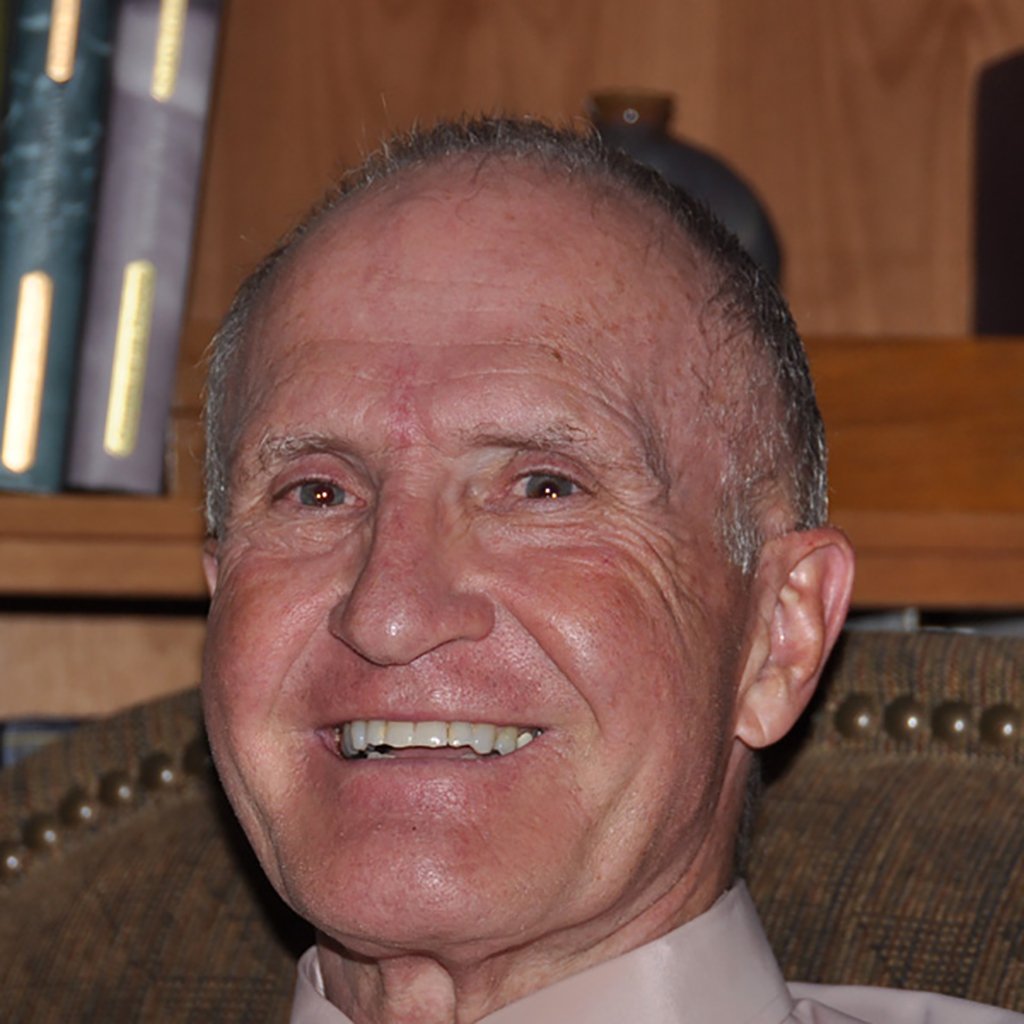The great divide in the United States; is it a harbinger for the future of democracy?

The United States has long been identified as the oldest democracy, a status fostered and maintained at the cost of blood, time, and financial, cost. The rest of the world views the US in that light and has varying degrees of solidarity with America with English as the lingua franca, the dollar as the world standard for money, and the economic and military might of the US as the bulwark against tyranny. In some areas, the US is showing some slippage.
Racism, elitism, the gulf between the haves and have nots, tax inequities, and border disputes, call into question just how strong democracy is in the US, and how well it will persevere. A good place to open that question is with the Evangelical Christian movement into politics in the 1950s. Throughout the 19th century, many evangelicals were active in social and political reform movements. But rapid modernization and the emergence of new scientific ideas, including Charles Darwin’s theory of evolution, led to growing theological divides and zealous divisions. Theological conservatives who called for Christians to focus on individual salvation and maintain the fundamentals of the faith created the movement called fundamentalism.
The 1925 Scopes “Monkey” Trial placed a spotlight on the Fundamentalist-Modernist conflict, highlighting growing tensions between different religious groups and their responses to scientific discoveries. Many fundamentalists retreated from the public square, forming schools, taking upon themselves homeschooling, and establishing publishing houses and other institutions that reflected their religious values and a tendency to withdraw from the larger social community of the country.
For the last 50 years, the US Republican Party has increasingly relied on White–primarily evangelical–voters to win regional, state, and national, elections. In an era where the demographics of the USA are shifting dramatically, the Republican Party continues to lean on the same demographic.Author Frances FitzGerald defined “American Evangelical” as the religious descendants of the First and Second Great Awakenings of the 1700s and 1800s. Today, “Evangelical” is an umbrella term for many Protestant denominations, including Southern Baptist, Mennonite, Methodist, evangelical Anglican, and some Christian and Presbyterian churches. The majority of evangelicals in America are located in the Bible Belt of the American South and Midwest.
At the time of the Second Great Awakening, nearly all Christians in the new United States would have likely considered themselves “evangelical”. Among different groups of evangelicals arose social movements such as temperance, health reform, and abolitionism, that would have major political impacts until the mid-20th century. Northern Evangelicals–including individuals such as Charles Finney and William Lloyd Garrison–were outspoken abolitionists
Evangelical Christians rose to prominence in the political world only a few decades ago in the 1960s and 70s, largely in support of Ronald Reagan or in opposition to Jimmy Carter. Not all theologically conservative Protestants chose this path. A small group of Christian leaders who were concerned that fundamentalists were too isolated met in 1941 and 1942. They founded an organization, the National Association of Evangelicals, and developed plans for like-minded Christians to work together for greater social engagement.
The end result was a new movement that reclaimed the label “evangelicalism.” The rise of Soviet Communism and the Cold War in the 1940s and early 1950s led to a resurgence of nationalistic evangelicalism. No individual better embodies this union of patriotism and religious fervor than Billy Graham.
An outspoken anti-Communist, Graham stated, “Either communism must die or Christianity must die because it’s actually a battle between Christ and Anti-Christ.”.
In addition to being an outspoken Southern Baptist minister and preacher, Graham also served as a spiritual advisor to a number of US presidents, including Lyndon B. Johnson and Richard Nixon. Graham’s nationalist rhetoric in response to a perceived Communist threat to Christianity led to extremely high levels of American patriotism in evangelical churches. Billy Graham’s unprecedented access to US presidents ushered in a new era of evangelical influence in American politics.
When the famed evangelist died in 2018, at age 99, Congress came to a standstill as his casket lay in honor under the US Capitol Rotunda. Graham was the first religious leader and just the fourth civilian to receive the high tribute. Famous for his soul-saving, country-crossing crusades, Graham became known as “the president’s pastor.” He met every chief executive between Truman and Trump and was a friend and confidante to several. But his closest political friendship, with Richard Nixon, was also his most costly.
The two men bonded over their dogged anti-Communism [and, as Nixon ran for president in 1960 and 1968], Graham offered political advice on how to court conservative Christians. He also extolled Nixon’s integrity and vouched for his character. After Watergate and the release of the Nixon tapes, the evangelist realized how badly he had been misused.
“I felt like a sheep led to the slaughter,” Graham told William Martin, author of A Prophet with Honor: The Billy Graham Story. Martin called Graham’s association with Nixon “the most troubling and disappointing of his long and generally admirable career.” Evangelical–primarily Southern Baptist–churches across the United States, and invariably politicians who appeared close to Graham in the media were often perceived as upright and just in the eyes of many conservative evangelicals.
Televangelist Jerry Falwell became the natural successor to Billy Graham and his evangelical politicism. Falwell–also a Southern Baptist pastor–solidified the connection between the Republican Party and evangelicals. A major political figure throughout the 1970s and 80s, Falwell founded Liberty University, a megachurch in Virginia, and the Moral Majority. Falwell’s organization, the Moral Majority, was established to advocate for Christian conservatism in American politics and oppose views that at this point were championed by Democrats, including abortion, homosexuality, and the Equal Rights Amendment. The Church of Jesus Christ of Latter-day Saints and the Catholics were largely in concert with the evangelicals in that regard.
“The religious right is solidly in place,” Falwell said on the dissolution of the Moral Majority, “religious conservatives in America are now in for the duration.” Falwell and the Moral Majority effectively froze conservative evangelicals into the voting base of the Republican Party, and the next several decades would only tighten this relationship.
President Ronald Reagan was the perfect poster child for the new evangelical conservative movement. Reagan continued anti-Communist rhetoric and actions with the largest American military buildup in peacetime and his infamous support for the anti-Communist Contras in Nicaragua. The vast majority of evangelical leaders–including Jerry Falwell–supported Reagan’s economic reforms. [Flash forward to the staunch Republican support for Donald Trump’s economic platform as he runs for the 2024 presidency].
Reagan won reelection with the largest Electoral College margin in US history, and over 75% of White evangelicals voted for him despite few of his policies actually being in line with their social stances. [again, flash forward]. Both politicians capitalized on the tradition of utilizing religious rhetoric to appeal to evangelical Christians.


